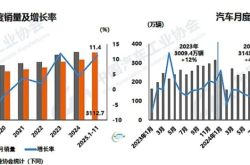Ali's Stock Soars to Limit Up, All Thanks to Yongming
![]() 09/26 2025
09/26 2025
![]() 614
614
The "Xiangxianzhi" team has long been in the habit of tuning into major company launch events. These events serve as prime vantage points for observing corporate development and business trends.
Another ingrained habit is their lack of empathy towards major companies while watching these events.
Listening to leaders' speeches on stage, it takes a certain level of courage to believe even seven-tenths of what's said. This is a common sentiment among audiences, reflecting a general skepticism towards corporate rhetoric.
However, today's Yunqi Conference was different. Especially after listening to Wu Yongming's speech, I couldn't help but feel a surge of excitement and energy.
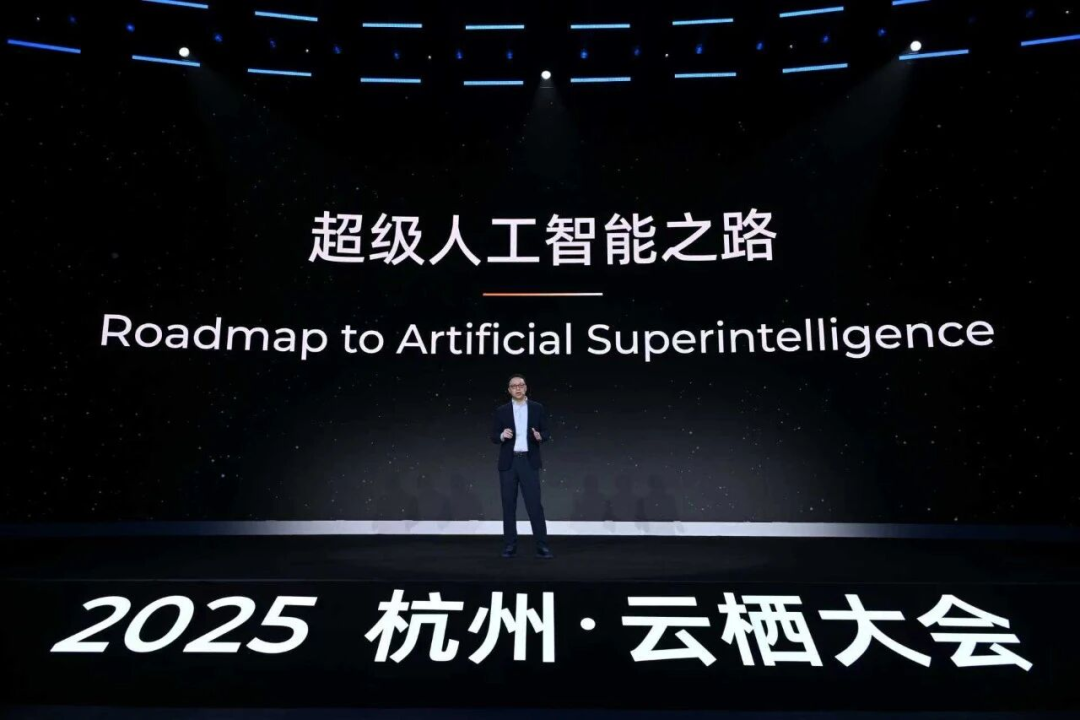
After chatting with industry friends, I found that many shared my sentiment. They believe Alibaba could become the GOAT (Greatest Of All Time) in "full-stack AI services."
Turning to the Hong Kong stock market, Alibaba's stock price surged by over 9%, sparking a trend of "Alibaba goes all-in on AI, and everyone else follows suit."
My blood pressure spiked momentarily. I hold a bit of Alibaba stock and had been waiting for the right opportunity to buy more. But Alibaba's sudden strength this year caught me off guard.
There's also news that just before Alibaba's Yunqi Conference kicked off, two ETFs managed by "Wood Sister" (Cathie Wood) bought into Alibaba. This marks the first time in four years that her funds have re-entered Alibaba stocks.
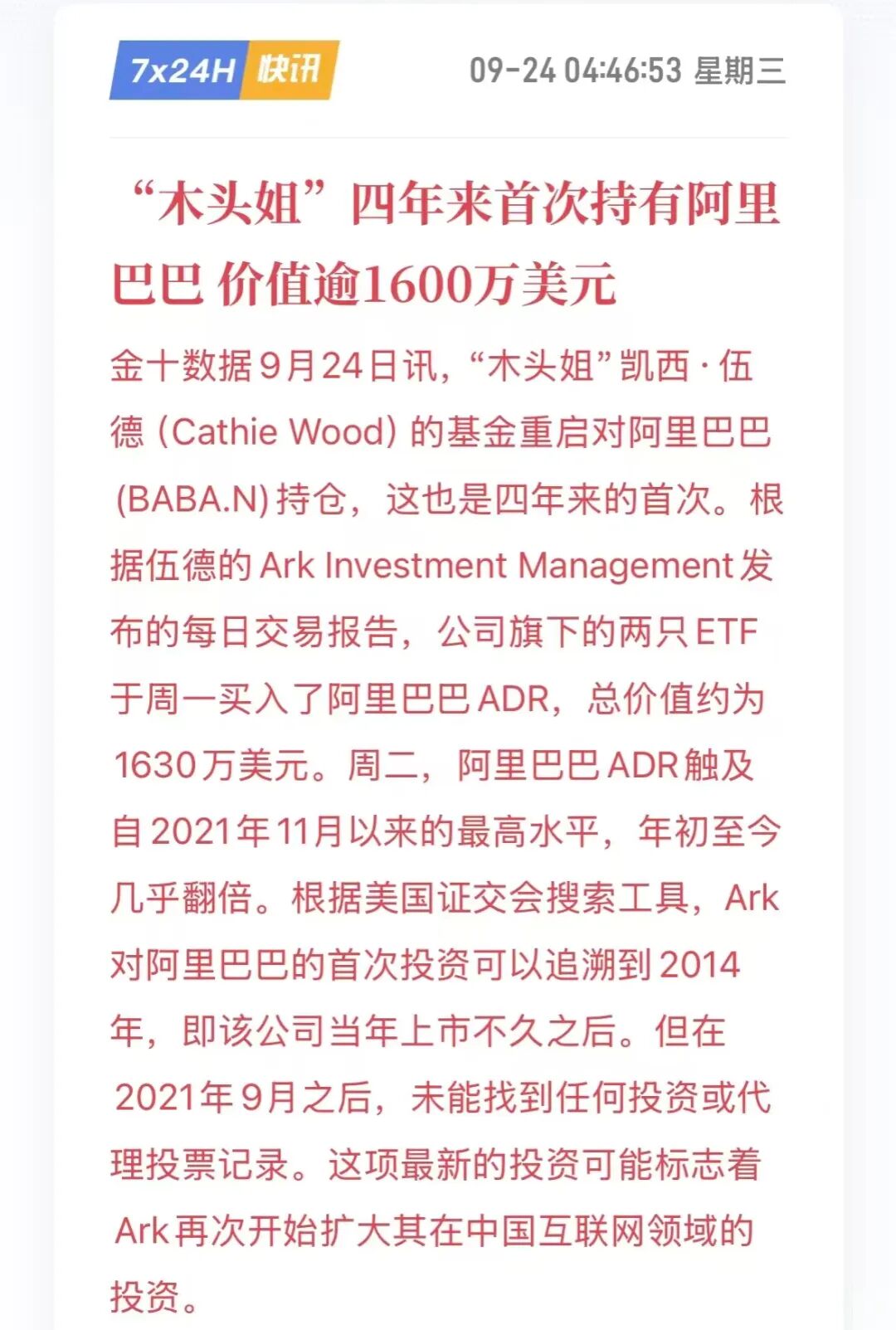
"Xiangxianzhi" may not trust its own feelings, but it does trust the shrewdness of investors.
Let's delve into the specifics of this Yunqi Conference.
Firstly, Tongyi Qianwen unveiled another batch of models, bringing the total number of open-source models to over 300, with cumulative downloads exceeding 600 million. New products launched include the most powerful flagship model, Qwen3-Max, and the video generation model, Wan2.5, which supports native audio.
Regarding Alibaba's launch event, here's an interesting twist.
Both Alibaba teams made new business strides today. While Alibaba Cloud was hosting the Yunqi Conference, Kuake also rolled out its new AI creation platform, "Zaodian," which integrates Tongyi Wanxiang Wan2.5.
Initially, Kuake announced that "all users can experience the video generation capabilities of Tongyi Wanxiang Wan2.5 for free for a limited time of 7 days." However, it seemed the initial press release from the Tongyi team didn't mention the free aspect. Later, upon double-checking the materials for verification, I found the free offer had been added.
Tongyi's role within Alibaba seems more geared towards being a tool, with no significant investment in C-end promotional resources. This time around, it appears the same. The model was developed by Tongyi, but Kuake offered it to users for free to promote its own product.
Wu Yongming, the "class monitor," might need to mediate the relationship between Kuake and Tongyi, the two "classmates," after the event.
Alibaba's stance on open source is crystal clear: it's committed to the path.
With Meta clearly falling behind, the open-source arena has fully entered the era dominated by Chinese models. Both DeepSeek and Alibaba are leading the pack in open source, but from a business model perspective, Alibaba is more explicit.
The progress of AI models is rapid. In Silicon Valley, the current scenario is that ChatGPT, Gemini, Claude, and Grok take turns updating and grabbing the spotlight. Therefore, stable and continuous updates are a significant advantage for Alibaba.
Traditionally, the biggest issue with open-source software has been poor maintainability, with project leaders often abandoning the project. Making users aware and confident that the project won't die is crucial for attracting users and building a community ecosystem, even more important than the software's functionality itself. Alibaba and the Tongyi Qianwen series currently boast the best track record in this regard.
Secondly, the 380 billion yuan investment is not the endpoint but just the beginning of Alibaba's AI strategy.
Wu Yongming stated in his speech that Alibaba is actively advancing a three-year, 380 billion yuan AI infrastructure construction plan and will continue to append even greater investment. Over the past year, Alibaba Cloud's AI computing power has grown by over fivefold, and AI storage capacity has increased by more than fourfold.
Another point often overlooked is that while Alibaba Cloud is significantly increasing its capital investment, its revenue and profits are both on the rise. In the latest quarterly financial report, Alibaba Cloud's revenue grew by 26%, and its adjusted EBITA also increased by 26%.
Increasing investment, expanding scale, and improving profitability are the commercial scripts that any industry aspires to achieve.
Combining Alibaba Cloud's 380 billion yuan investment with its Pro Max version and Taobao's 50 billion yuan flash sale, we can answer a question: What sets today's Alibaba apart from the Alibaba of two years ago, or even just over a year ago?
I believe the difference lies in today's Alibaba being much more confident. This confidence can be transmitted to employees, which is crucial for a large company like Alibaba.
Thirdly, Alibaba's strategic puzzle can be summarized as follows: Tongyi is the operating system, and AI Cloud is the infrastructure.
Wu Yongming stated in his speech that the technology platform represented by LLM will replace the existing OS status in the future. All tool interfaces linking the real world will be connected to large models, and all user demands and tasks will be executed through large models.
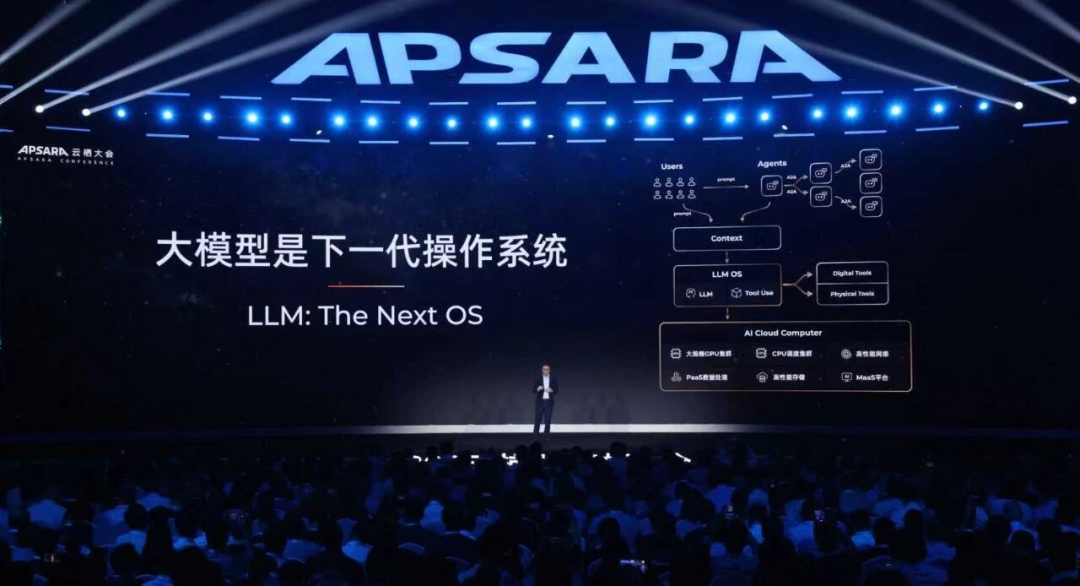
The reason Tongyi Qianwen firmly chooses open source is that Alibaba aims to create the Android of the AI era. The LLM operating system will run on super AI clouds, and AI Cloud will be the next-generation computer.
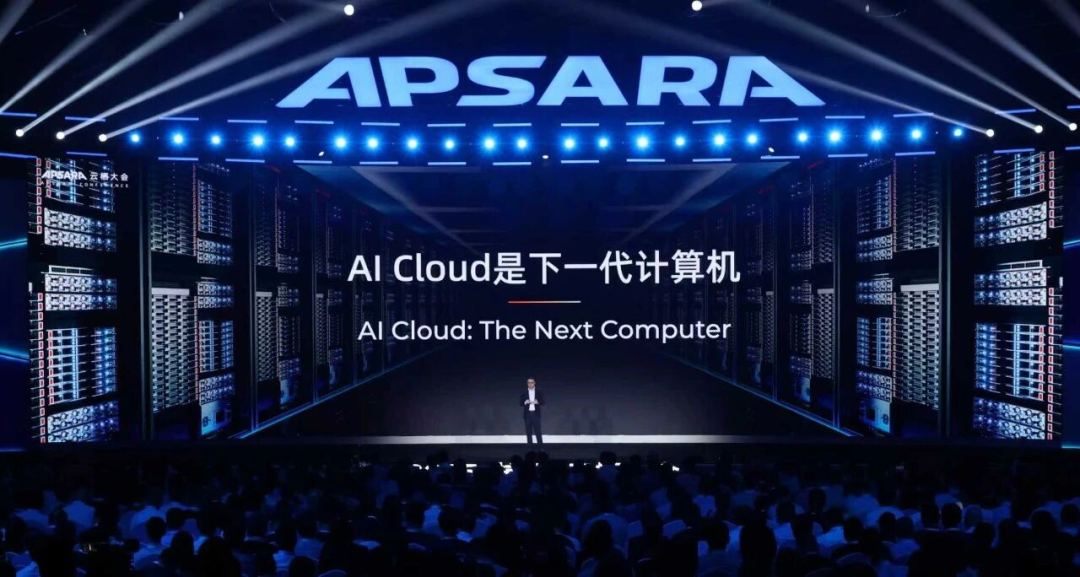
This is a very ambitious vision, and the biggest challenge in setting such a vision is making your story believable enough that others are willing to trust it.
Alibaba's ambitious vision is indeed backed by very specific and reasonable logic. It's not a floating cloud in the sky but a grounded reality with the Tongyi Qianwen model, open-source system, and coordinated optimization and system innovation across the entire software and hardware stack.
Therefore, this grand narrative has gained at least recognition both internally and externally.
I have evidence for this narrative: Alibaba's stock price has more than doubled this year.
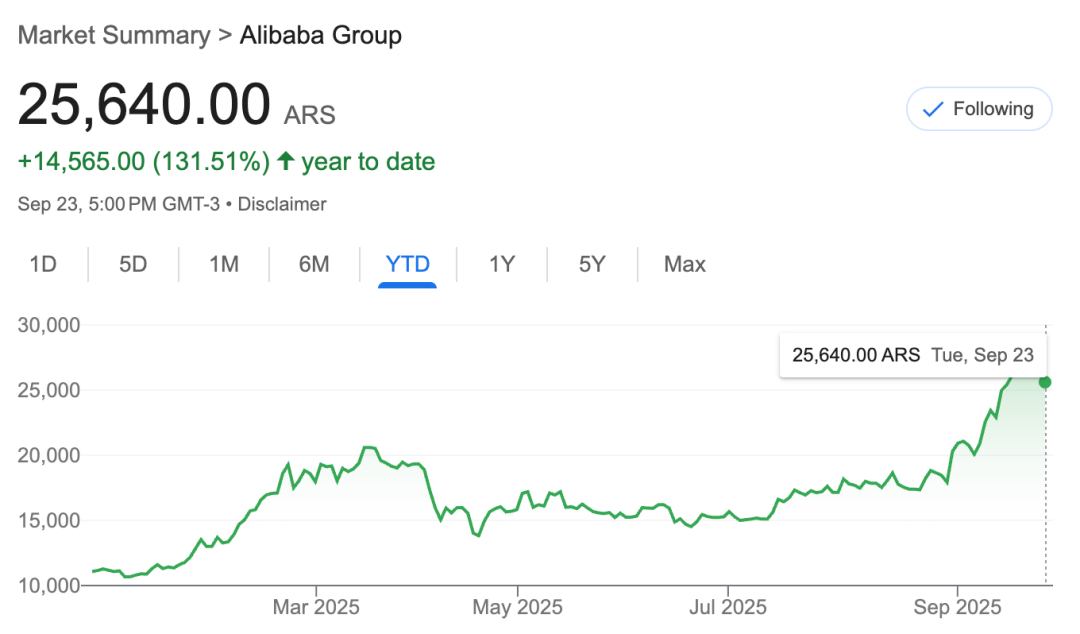
Of course, there is still a debate over the route to take.
The route Alibaba Cloud is taking is a combination of open source and cloud.
Over the past three years, there have been two main controversies in the AI field. One is the debate between open source and closed source, and the other is the debate between cloud-side and edge-side. The open source vs. closed source debate has become quite clear, with Baidu fully transitioning to open source and Sam Altman admitting he was on the wrong side of history.
However, the debate between cloud-side and edge-side has not yet been resolved. The advantages of edge-side AI lie in users' complete control over data, cost advantages of small models, and low latency and offline operation capabilities. The advantages of cloud-side AI, on the other hand, include the ability to update over-the-air (OTA) at any time, stronger model capabilities, cross-device synchronization, and lower hardware requirements for devices.
Overall, the situation favors the cloud. The hardware capabilities of consumer electronics have been slowing down over the past decade, and the performance gap between models running on devices and those in the cloud is still significant. However, even if edge-side AI becomes more prevalent in the future, there will still be a huge demand for cloud-side AI. The worst-case scenario for Alibaba Cloud is a hybrid edge-cloud model.
Fourthly, Wu Yongming believes that AGI (Artificial General Intelligence) is already a certainty, and the next goal is super artificial intelligence (ASI).
I've seen some argue that his statement is controversial because existing LLMs do not yet possess universal generalization capabilities. However, those who say this clearly did not listen carefully to Wu Yongming's speech. It is true that there is controversy over AGI within the industry, but this controversy mainly stems from the lack of a unified definition of AGI.
Wu Yongming actually provided a definition, stating that "the goal of AGI is to free humans from 80% of their daily work, allowing us to focus on creation and exploration." Relatively speaking, Wu Yongming's focus on AI is more on the extent to which it can free humans from daily work.
The goal of "freeing humans from 80% of their daily work" is definitely within reach given the current pace of AI development. Therefore, Wu Yongming's statement is not controversial at all. I believe that for Alibaba's business scenarios, this definition is more appropriate than some abstract debates about the nature of intelligence because it is more specific.
It's not that questions about the limitations of Turing machines, whether P=NP holds, or whether there is an essential difference between human and machine intelligence are bad; rather, they currently lack much practical significance.
Alibaba Cloud's positioning is to provide the infrastructure for enterprises to apply AI. Things without practical significance hold little value for Wu Yongming. Wu Yongming's definition of AGI as a technology that "frees humans from 80% of their daily work" is a pragmatic and specific vision that resonates more and aligns better with Alibaba Cloud's role as an enterprise AI infrastructure provider than abstract theoretical debates.
To be honest, this Yunqi Conference surprised me. Behind the surprise, there's also a sense of pressure. How can an Alibaba that is more confident and has a clearer goal not evoke a sense of pressure?
With this scale of investment, Wu Yongming is aiming for the right to define the future. It's uncertain how far Alibaba can go, but betting against this narrative at present is certainly unwise.





